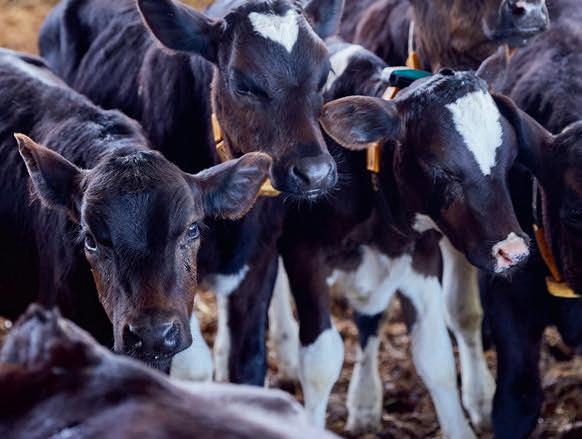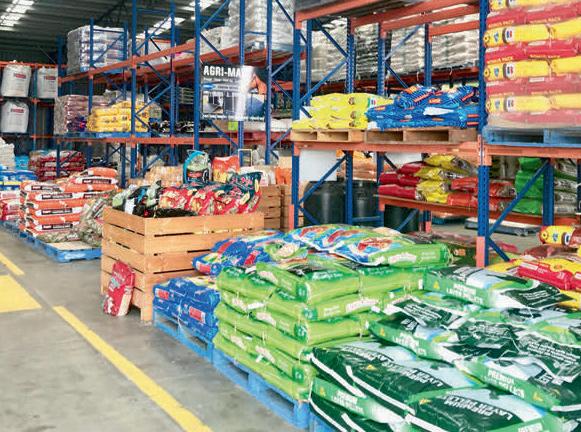
2 minute read
All the right moves
BY JEANETTE SEVERS
PAUL AND Lisa Mumford were thinking about their future and how to make changes so they could continue living on their farm, but step back from day-to-day dairy work.
Their employee, Aaron Thomas, was looking for a new challenge in the dairy industry, but wanted to stay involved in the Won Wron farm.
“We considered a few options,” Paul said. “Do nothing. That wasn’t an option. “Bring in a sharefarmer. That was a possibility.
“Employing a contract manager was another possibility.”
“In all of this, we knew we had to find out what Aaron’s plans were for his future,” Lisa said.
Some frank conversations facilitated by farm consultant, Matt Harms, have led to the trio developing a new structure for running the farm.
It came into effect on July 1 this year.
Aaron’s role has changed from farm employee to contract manager. The process was facilitated by good record keeping on the part of Paul and Lisa, a clearly articulated goal from Aaron, and the assistance of farm management consultant Matt Harms.
“Data is king,” Paul said.
“We use the Farm Monitoring Program to establish benchmarks and monitor historical data.

“That’s how we’ve worked out the agreement between Aaron and ourselves.
“The historical data led our conversations and resulted in this arrangement.”
Matt said the development process took three months from initial idea inception to contract signing.
“It was quite a quick transition to the new structure, because there was so much back story [record keeping], the relationship between Paul, Lisa and Aaron was long standing, and Paul, Lisa and I knew the business quite well,” Matt said.
Aaron has worked for 16 years for Paul and Lisa.
Facilitation over the three months involved two face-to-face meetings, and a couple of phone conversations between Matt and each other person.
“Paul and Lisa knew what they wanted to do,” Matt said.
Aaron did too.
“It made it seem a simple process, because Paul and Lisa’s business was very familiar to me.
“It could easily be double that time and amount of work in different circumstances.”
Matt developed contracts that prescript the roles and responsibilities of everyone going forward, what the involvement of each party is in the business, and structures around that.
“We were able to build into the new system, the strengths and weaknesses of everyone,” he said.
“Structure is very important. There’s no point someone thinking they have a level of responsibility in management that they don’t have.
“That would clearly be a mismatch of each parties expectations.”
There are quarterly reviews built into the business model and the contract will be formally reviewed annually.
Paul and Lisa made a decision that means they are able to step back from milking and organising the day-to-day workforce, while still being the owners and ultimately responsible for inputs and outputs.

As contract manager, Aaron is responsible for hiring, managing and paying staff and organising workflow on a daily basis.
In this role, he’s paid a monthly fee, out of which he pays staff wages.
“We all worked out the fee on a production basis,” Paul said.


“We calculated it based on the historical production data.”
Paul and Lisa decided to manage that output as a monthly payment to Aaron, which provides him with financial stability, paid from the milk cheque.
“Then it’s an easy transaction for profit and loss,” Paul said.
“It’s deducted from the milk cheque every month and paid to Aaron.”
Paul and Lisa wear the risk of any financial fluctuations in the business.
In deciding the contract manager’s financial recompense, Matt spoke to both parties separately.
The resulting annual figure that each party suggested differed by seven cents.
It was seven cents Paul and Lisa were happy to sign over to Aaron.
Continued on page 4








